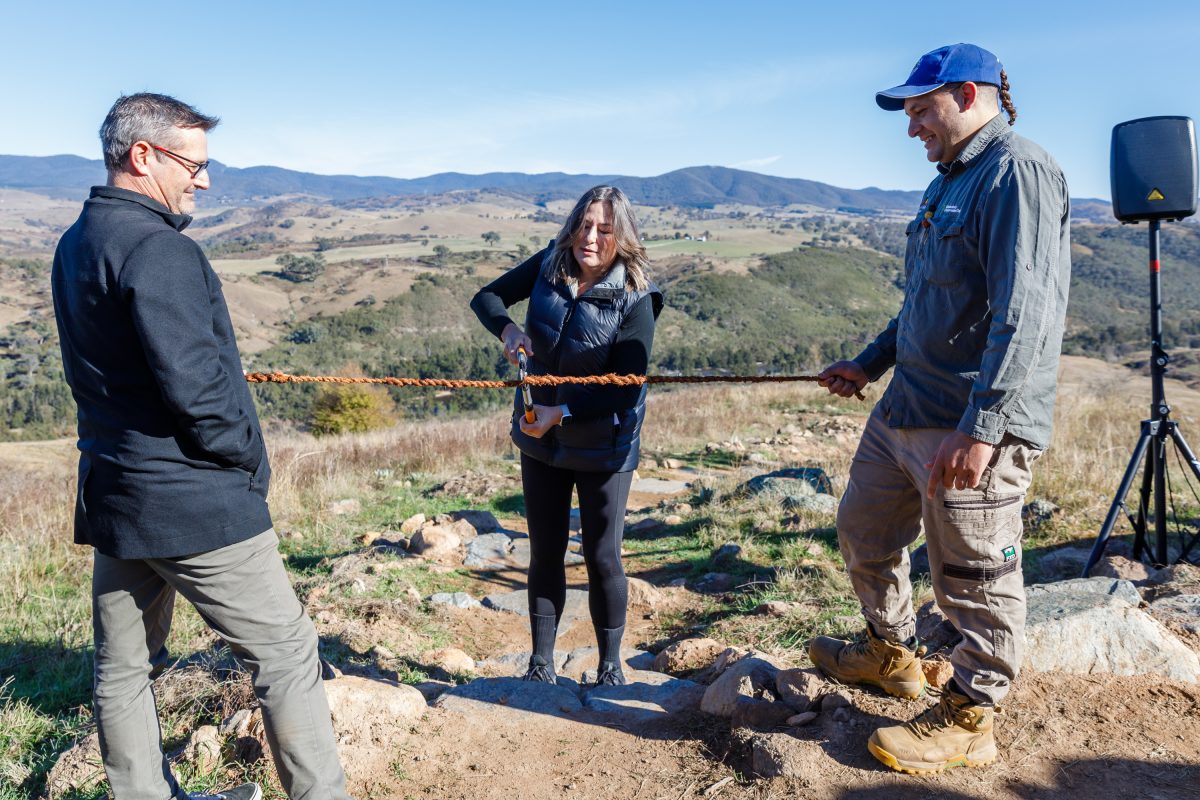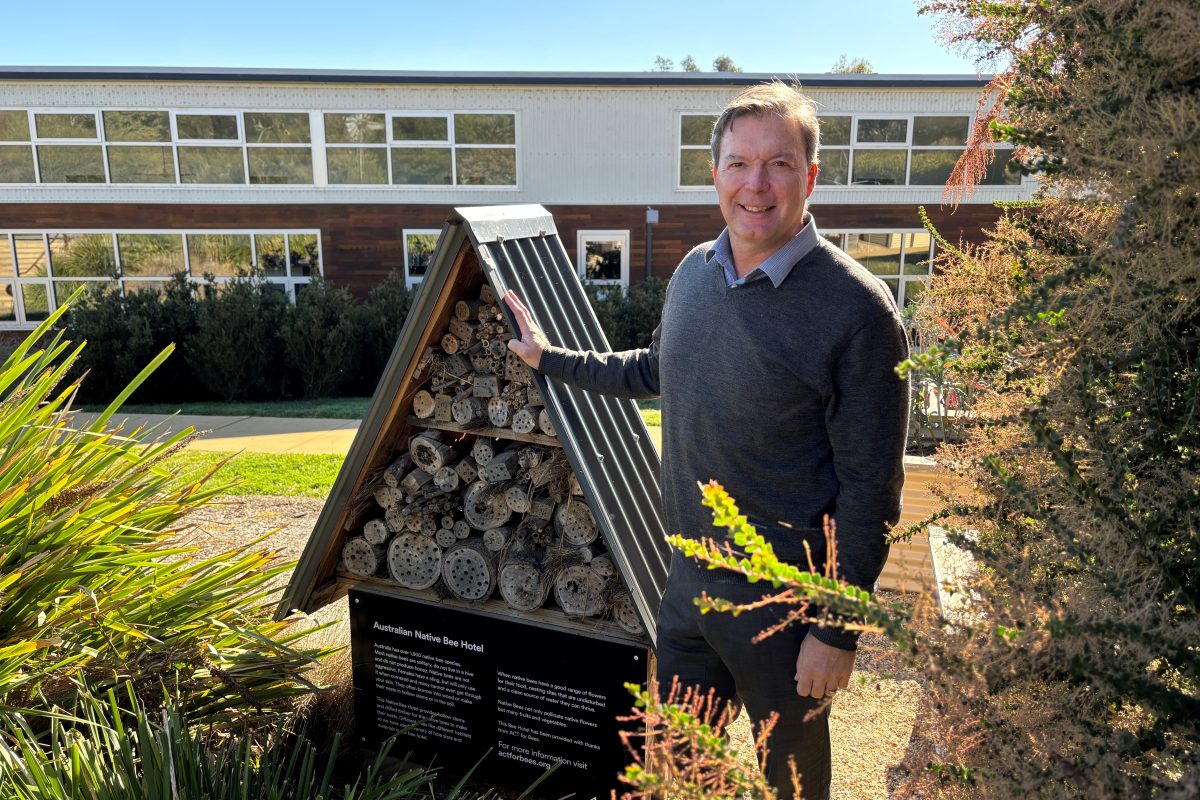Make your home more sustainable this summer
The summer holidays often provide the perfect opportunity to reset, whether it’s your goals, finances or wardrobe. But what about your home?
Given the rising cost of living and our worrying impact on the environment, a more sustainable home will have multiple benefits in the long-term. Along with improving the environment and lowering the cost of bills, an energy-efficient home will be more comfortable to live in throughout Canberra’s cooler and warmer months. But just how easy is it to implement in an existing home?
The good news is that there are a range of simple, low-cost ways you make your home more sustainable. We asked Paul Nagle, owner of the Energy Efficient Demonstration Home alongside Ginninderry’s Display Village, for some simple steps to make your home more sustainable this summer.
Mind the gap
Sealing your home can reduce 5-25 per cent heat gains into your home during summer and help lower your air conditioning bills, says Paul. “Seal any gaps around your windows, doors, skirtings and any other areas where you can feel drafts,” he says. “This will stop hot summer outside temperatures leaking into your home or your warm inside temperatures from inside leaking out during winter.”
Improve your windows

When it comes to lowering energy costs, the key is in your windows. “Improving your windows can reduce 25-35 per cent heat gains into your home during summer,” says Paul.
“You can do this by either adding a film or double-glazed pane or replacing the windows completely,” says Paul. “This will stop warm air from entering in summer or warm air from escaping in winter. It also helps to shade all west-facing windows from the outside to stop hot summer sun from entering your home.”
Adjustable external shading devices such as blinds, awnings, louvres or shutters provide the flexibility to block the low-angled morning and afternoon sun.
“It’s also a good idea to install pelmets and heavy curtains to stop the cooler inside temperatures from escaping, or the warmer inside temperatures in winter from escaping.
“If you’re building a new home, make sure you size your eaves to shade summer sun, while still letting winter sun in.”
Don’t wait, insulate
Insulating your ceiling or ceiling access point will stop warm air from entering in summer or warm air from escaping in winter, says Paul.
“Insulating your ceiling can reduce 25-35 per cent heat gains into your home during summer. If you are living in a home without wall insulation, then your best option is to remove the plaster and install insulation batts in the cavities, although this is an expensive option.”
Upgrade your appliances
Choosing more energy efficient appliances, such as dishwashers, lighting or fridges, will soon see you reaping the rewards.
“They use less energy when they are operating, so you will save on your bills from the start,” says Paul.
Change your daily habits
As tempting as it is to open the windows in the morning and turn on the air-conditioning on a hot summer’s night, Paul advises rethinking this approach.
“To keep the warmer temperatures outside, open windows and doors at night instead to allow the cooler night temperatures in to cool the home naturally at night, and keep doors and windows closed during the day to ensure hot air doesn’t come in.”
Refresh your air conditioning
Clean your air conditioner filters regularly to ensure they are operating as efficiently as possible, advises Paul.
“Cleaning your air conditioner filter can save up to 15 per cent of the air conditioner’s energy consumption,” he says. “You should also consider using portable fans to help cool you during hot days, noting portable fans can be moved around the home and pointed directly at you so they are most effective.”
Go green

Incorporating low-water flowering plants around the home may look aesthetically pleasing, but they also have other benefits, says Paul.
“These will help to retain water, cool the outside areas and encourage birds and bees into the garden,” says Paul.
Resources
More information about the Energy Efficient Demonstration Home can be found on the Commonsense Sustainability Solutions website.
Other resources for improving your home are:


